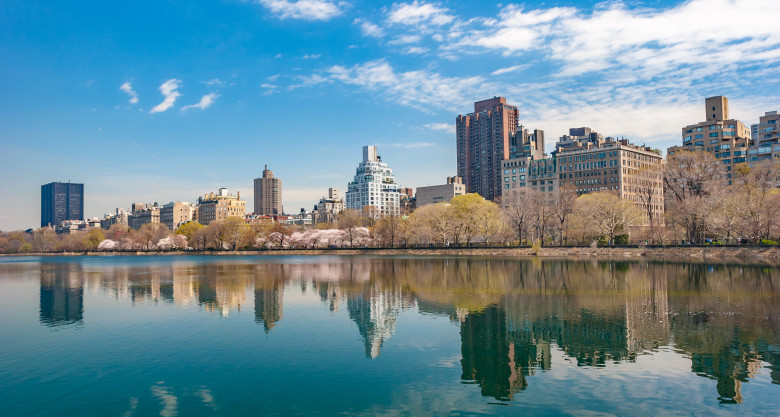In 1950, there was a boom, of not only babies, but of home building. Suburban neighborhoods developed across the United States. Pin oaks and sycamore trees were planted in the grass between the sidewalks and streets, lining the single-family homes in the Midwest. HOA policies included the maintenance of yards, the recommended height of fences, and the setback required for the pool in the neighbor’s yard. People wanted their own little space to call home. The lifestyle of growing the nation’s economy left the weekends for mowing and changing the oil of the family’s Ford in the driveway.
Architecture is clean and safe. It’s the man-made environment built for a predictable flow of traffic and security in how it performs. Nature is just as predictable, but in the opposite way. It is life-giving, rather than safe. Its rich dirt is full of the symbiotic bacteria necessary for thriving in the world. It’s the infinite unknown of this world that holds it together so well. We strive for understanding that world and taming nature to be something we can live in. But at the end of the day, we each retreat to our version of rocking in a chair on the front porch with a lemonade in hand. This is that “in-between space”.
We do need the safety of the built environment. And we also need the continual challenge of nature’s life and impossible persistence. Many city planners and leading architects are recognizing the value of creating more unique and practical versions of designing proverbial bridges between the two, since that’s the space people want to be in. What it’s made of, how it captures elements of both architecture and nature, how useful and welcoming it is over time, how it performs in all situations that people would want to use it – these are all questions to consider.
And for me, there is no better example of what makes a place memorable, what bridges man-made structures for infrastructure with treasured spots of imagination, than New York City. At 8 years old, from the window of my apartment, there’s no place I wanted to be more than down in that courtyard playing hockey with the big boys and watching the petals fall off that humongous magnolia tree.
